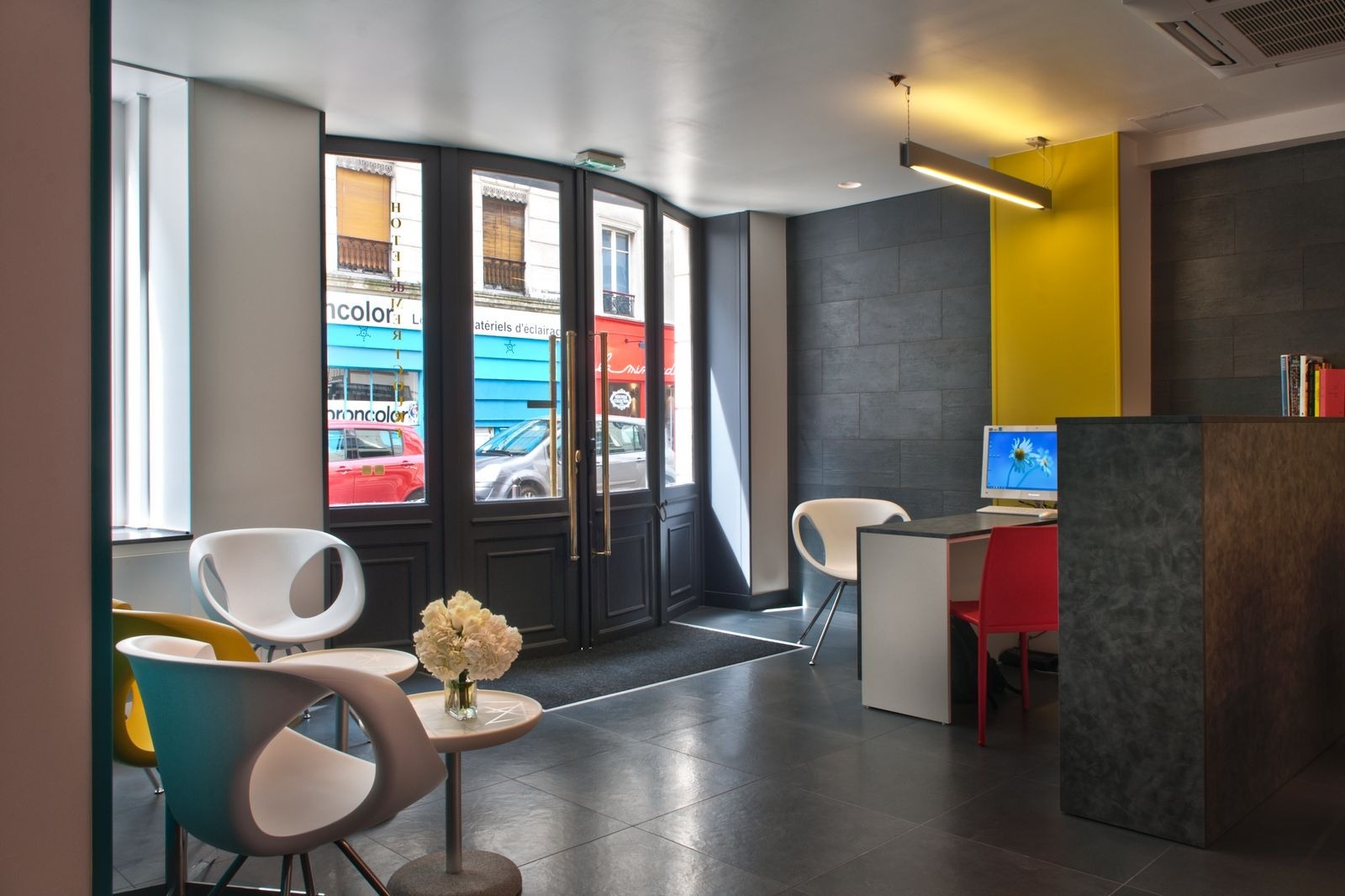Chateau de Versailles
Published on Monday, 12 August 2013 in Museums & Expos - Hôtel des Métallos

Some 20km southwest of Paris lies Louis XIV’s extraordinary Château de Versailles. With 700 rooms, 67 staircases and 352 fireplaces alone, Versailles is, without doubt, the apotheosis of French regal indulgence. While it’s possible to see the whole complex in one day, it’s undeniably tiring. The best plan to avoid the worst of the crowds is to head in the morning through the glorious gardens (free), with their perfectly symmetrical lawns, grand vistas, statuary, fountains and pools, to Marie Antoinette’s estate, leaving the main palace to the tour buses. You can then work your way backwards, leaving the palace, and in particular the Hall of Mirrors, till as late as possible.
The Palace
Driven by envy of his finance minister’s château at Vaux-le-Vicomte, the young Louis XIV recruited the same design team – architect Le Vau, painter Le Brun and gardener Le Nôtre – to create a palace a hundred times bigger. Construction began in 1664 and lasted virtually until Louis XIV’s death in 1715. Second only to God, and the head of an immensely powerful state, Louis was an institution rather than a private individual. His risings and sittings, comings and goings, were minutely regulated and rigidly encased in ceremony, attendance at which was an honour much sought after by courtiers. Versailles was the headquarters of every arm of the state, and the entire court of around 3500 nobles lived in the palace (in a state of squalor, according to contemporary accounts).
Following the king’s death, the château was abandoned for a few years before being reoccupied by Louis XV in 1722. It remained a residence of the royal family until the Revolution of 1789, when the furniture was sold and the pictures dispatched to the Louvre. Thereafter Versailles fell into ruin until Louis-Philippe established his giant museum of French Glory here – it still exists, though most is mothballed. In 1871, during the Paris Commune, the château became the seat of the nationalist government, and the French parliament continued to meet in Louis XV’s opera building until 1879.
Without a guide you can visit the State Apartments, used for the king’s official business. A procession of gilded drawing rooms leads to the dazzling Galerie des Glaces (Hall of Mirrors), where the Treaty of Versailles was signed after World War I. More fabulously rich rooms, this time belonging to the queen’s apartments, line the northern wing, beginning with the queen’s bedchamber, which has been restored exactly as it was in its last refit, of 1787, with hardly a surface unadorned with gold leaf.
The domaine de Marie-Antoinette
Hidden away in the northern reaches of the gardens is the Domaine de Marie-Antoinette, the young queen’s country retreat, where she found relief from the stifling etiquette of the court. Here she commissioned some dozen or so buildings, sparing no expense and imposing her own style and tastes throughout (and gaining herself a reputation for extravagance that did her no favours).
The centrepiece of the Domaine de Marie-Antoinette is the elegant Neoclassical Petit Trianon palace, built by Gabriel in the 1760s for Louis XV’s mistress, Mme de Pompadour, and given to Marie-Antoinette by her husband Louis XVI as a wedding gift. The interior boasts an intriguing cabinet des glaces montantes, a pale-blue salon fitted with sliding mirrors that could be moved to conceal the windows, creating a more intimate space.
Also included in the ticket for the Domaine is the Italianate Grand Trianon palace, which was designed by Hardouin-Mansart in 1687 as a country retreat for Louis XIV and refurbished in Empire style by Napoleon, who stayed here intermittently between 1805 and 1813.
The Gardens
West of the Petit Trianon, in the formal Jardin français, is the Petit Théâtre where Marie-Antoinette would regularly perform, often as a maid or shepherdess, before the king and members of her inner circle. On the other side of the palace lies the bucolic Jardin anglais, impossibly picturesque with its little winding stream, grassy banks and grotto, and the enchanting, if bizarre, Hameau de la Reine, a play village and farm where the queen indulged her fashionable Rousseau-inspired fantasy of returning to the “natural” life.
Gardens are open every day from 9.00am to 6.00pm.
Palace and Domaine de Marie-Antoinette are open every day except Monday.
To get to Versailles From Hôtel des Métallos, take Metro 5 @ Oberkampf and alight @ Gare d’Austerlitz, switch train to RER C and alight @ Versailles-Rive-Gauche.



